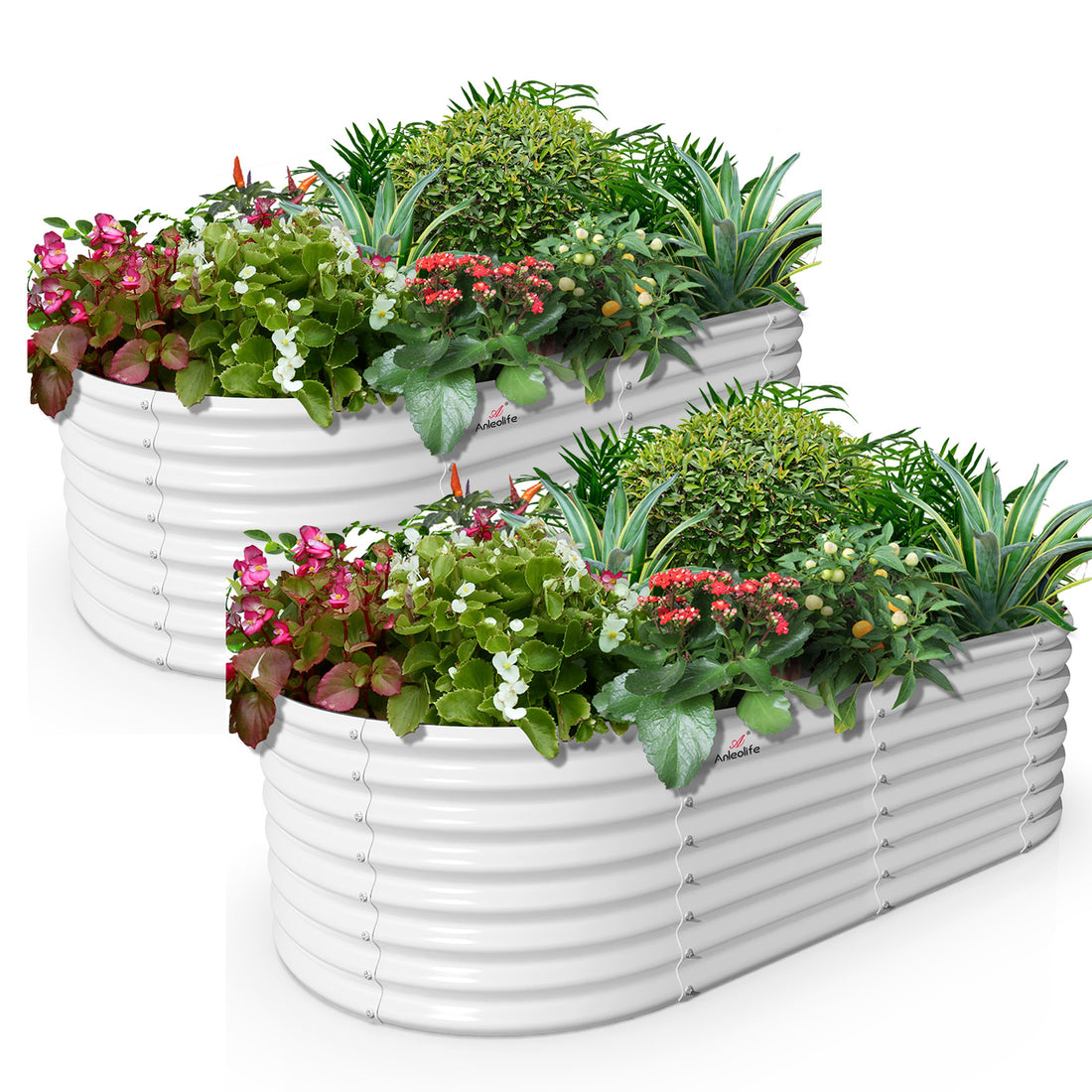Are you interested in starting a raised garden but not sure where to begin? Look no further! This comprehensive guide will walk you through the process of creating a thriving raised garden in any environment. Whether you're a seasoned gardener or a complete novice, this guide will provide you with the knowledge and confidence to get started.
Choosing the Right Location
The first step in starting a raised garden is to choose the right location for your garden bed. Look for a spot that receives plenty of sunlight and is easily accessible for watering and maintenance. Keep in mind that different plants have different sunlight requirements, so consider the types of plants you want to grow when selecting a location for your garden.
When considering the location, also think about the proximity to water sources. You'll want to ensure that your raised garden is easily accessible for watering, especially during dry periods. Additionally, consider the quality of the soil in the chosen location. If the soil is poor, a raised garden bed allows you to fill it with high-quality soil, providing the perfect growing environment for your plants.
Building Your Raised Garden Bed
Once you've chosen the perfect location, it's time to build your raised garden bed. There are various materials you can use, such as wood, bricks, or composite materials. When constructing your garden bed, ensure that it is at a comfortable height for tending to your plants and that it has proper drainage to prevent waterlogging.
When building your raised garden bed, consider the size and shape that will work best for your space and the types of plants you want to grow. For example, if you plan to grow root vegetables, you'll need a deeper bed, while shallow beds are suitable for herbs and lettuces.
Choosing the Right Soil
The key to a successful raised garden is the soil. It's essential to choose the right soil that is rich in nutrients and well-draining. A mix of topsoil, compost, and organic matter is an excellent choice for a raised garden bed. This combination provides a fertile environment for your plants to thrive.
When selecting soil for your raised garden, consider the specific needs of the plants you intend to grow. Some plants may require a more acidic soil, while others thrive in a more alkaline environment. Understanding the needs of your plants will help you choose the right soil for your raised garden.
Planting and Maintaining Your Garden
With your raised garden bed in place and filled with nutrient-rich soil, it's time to start planting. Consider the spacing and depth requirements of the plants you've chosen and follow the recommended planting guidelines. Regular watering, weeding, and monitoring for pests and diseases are essential for maintaining a healthy raised garden.
As your plants grow, consider adding organic mulch to help retain moisture and suppress weeds. Additionally, regular fertilization will ensure that your plants have the nutrients they need to thrive. With proper care and maintenance, your raised garden will provide you with a bountiful harvest throughout the growing season.
By following this comprehensive guide, you'll be well on your way to starting a successful raised garden in no time. With the right location, a well-built garden bed, quality soil, and proper maintenance, you'll enjoy the benefits of a thriving raised garden for years to come.

